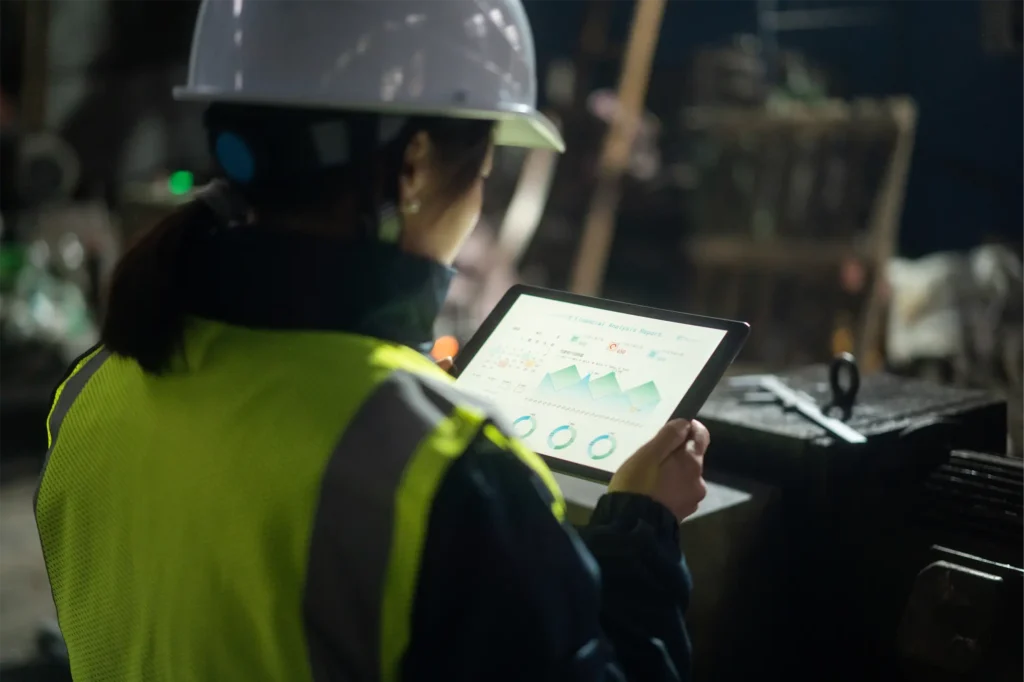What Is MRO and Why Is It Important?
Beyond the raw materials and equipment needed for production, there’s a lot that goes into a company’s ability to keep things running smoothly.
Facilities need to be kept in good condition, production and transportation equipment needs regular maintenance. This is where MRO (Maintenance, Repair, and Operations) becomes crucial.
Explore how you can improve your data with MRO Data Quality Optimization Services.
These supplies and activities are a small part of operating a business — they account for just 5%-10% of product costs — but they can have a huge impact when not managed properly. Effective MRO management ensures that the operations do not face unexpected downtime, which can be costly and disruptive.
For example, if a critical MRO supply like a machine component is unavailable, halting production, manufacturers stand to lose up to hundreds of thousands of dollars a day.
If PPE (Personal Protective Equipment) runs out, employee safety is at risk. At the same time, up to half of items for MRO equipment sit in storage for a year or more. Not only does this mean cash is tied up in storage, but it could also lead to unnecessary waste of items that expire, like batteries, or materials that may become noncompliant as regulations change, like various chemicals and substances.
What Does MRO Stand For?
MRO stands for Maintenance, Repair and Operations — or sometimes Maintenance, Repair and Overhaul — and refers to the equipment, tools and activities associated with the daily operations of a business. It doesn’t include materials, products and services that are directly used in production, but rather the glue that holds everything together. MRO may include HVAC (Heating, ventilation, and air conditioning) maintenance, facility lighting, janitorial services, CNC (Computer Numerical Control) machinery, drill presses, forklifts, jacks, PPE, powered and manual hand tools, mops, brooms and even furniture. MRO can be:
- Preventive: Planned maintenance to avoid future issues.
- Predictive: Using data to preempt potential failures.
- Corrective: Addressing problems after an incident occurs.
Learn more about digitizing MRO processes for streamlined operations by exploring how to transform your MRO data when migrating to SAP S/4HANA.
Types of MRO
MRO is often divided into four categories, according to industrial sourcing platform Thomas:
- Infrastructure repair and maintenance keeps a business’ facilities up and running, in top condition.
- Production equipment repair and maintenance ensures all equipment and systems run smoothly.
- Material handling equipment maintenance involves maintaining equipment and systems for transporting raw materials and final products to and from production lines.
- Tooling and consumables is the management of any smaller, handheld tools required in day-to-day operations.
Conclusion
MRO is an often overlooked, but essential part of business operations, covering MRO supplies, equipment, and systems to ensure safety and efficiency. It ensures facilities, equipment, systems and tools are stocked, maintained and safe to use. Because of the implications MRO can have on costs, productivity and safety, most businesses digitize the MRO process to optimize inventory levels, streamline procurement, improve supply chain relationships and stay ahead of any equipment failures.
Stay ahead in the MRO market by leveraging tools like MRO data (Analytics and Reporting) for actionable insights.





